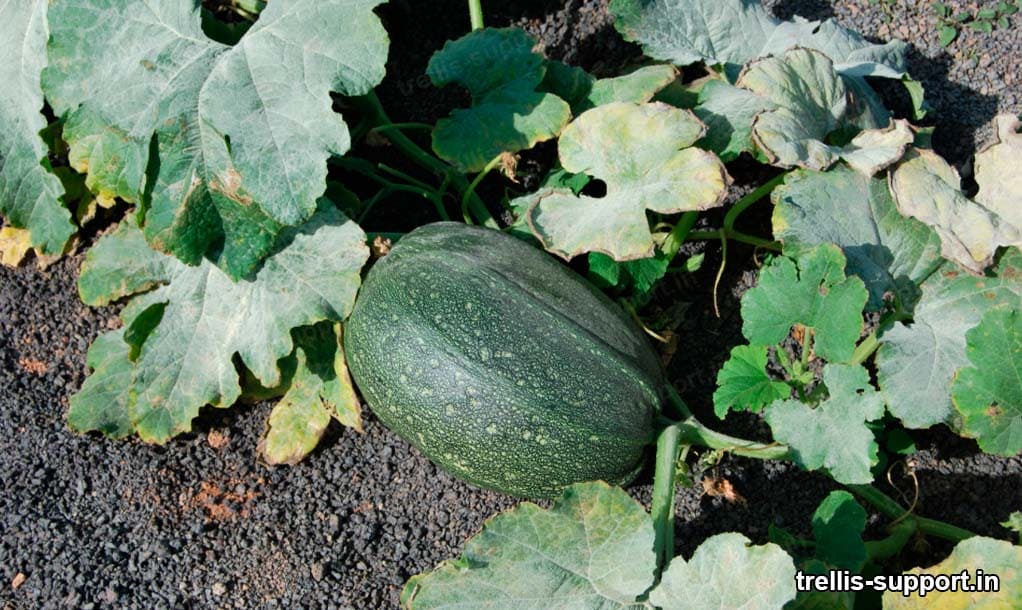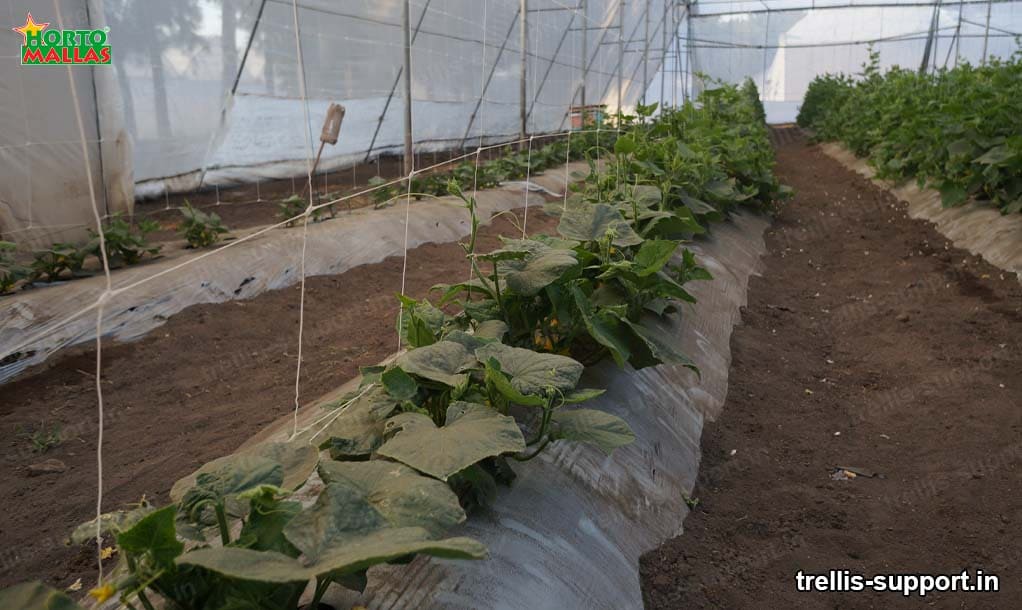Because of the need to preserve crops from disease, a variety of pest and disease control methods are available. The highest level of disease protection is achieved by strengthening the crop’s immune system with preventive techniques such as crop rotation, fertilizer supplementation or chemical treatments. In most cases, prevention is the best treatment against vegetable crop diseases. These measures include monitoring irrigation methods, proper fertilizer use and soil care. Proper soil management is crucial to maintain the balance between pathogenic and beneficial soil organisms, which can decrease the risk of crop infection. In addition to maintaining soil balance, disease control prevention also includes regularly monitoring crops for diseases early, especially during the overwintering and growing seasons. This allows growers to identify and treat problems before they become too severe. Monitoring can be done through farmer interviews, soil testing and foliar analysis.
Proper use of management practices such as crop rotation, weed control and fertilizer application is also important to prevent disease. These practices are designed to avoid creating favorable living conditions for pathogens. In addition, the use of resistant varieties is also an effective way to prevent disease. These varieties are specifically bred to resist certain pathogens or environmental factors, and their use significantly reduces the risk of disease problems. In many cases, diseases are very difficult to eradicate once they have become established in the crop. Therefore, growers should perform preventive treatments even when diseases are present in the crop. Preventive treatments are used to reduce inoculation, reduce the ability of pathogens to cause disease, and help crops resist. These treatments include removal of infected parts of the crop (planting, post-harvest, etc.), use of chemicals, disinfection of crop tools or disinfection of soil with chemicals.

Disease prevention and control in vegetable crops is a vital issue for all growers.
This will ensure the long-term success of growers, while allowing customers to always enjoy a high quality product. Some of the prevention techniques available include crop rotation, fertilization, planting monitoring, chemical treatment and the use of resistant varieties. By taking preventative measures, growers can significantly decrease the risk of disease problems in the crop. The support netting has become an indispensable tool in modern agriculture. This innovation allows the farmer to create structures that give crops a solid platform and an ideal environment for them to develop healthily. This is because support netting significantly reduces the risk of crop diseases. It is important to understand that in modern agriculture, successful production is not only achieved by good variety selection and good planting and harvesting methods, but also by identifying problems and maintaining proper infrastructure.
The support netting is incorporated into this count, as it facilitates the control of certain factors that can cause crop diseases. First, the use of netting helps control moisture in the soil by blocking excesses. This is especially important for vegetable crops such as tomatoes, zucchini and eggplant, which are particularly sensitive to excess soil moisture. In addition, the support netting also helps filter sunlight to prevent crop burns due to the shade provided by the netting. Additionally, support netting is also useful in preventing pest infestations in crops. This is because the netting forms a protective barrier that keeps insects and other animals away completely. This allows the farmer to keep crops away from any potential pests, increasing crop quality.
Correct installation of a vegetable trellising netting
Vegetable trellising is an effective way to use space in small spaces. This is a very common practice within vegetable gardens, and a good trellising net is an essential element for any small space gardening. A good mesh is both practical and visually interesting, as it is an important element in keeping vegetables stable and healthy. The first step in installing a vegetable trellising screen is to find the right one for your garden. It is important to know what type of garden space you are dealing with, and what you are trying to tutor. If there are vines or trees nearby, you need to make sure that the mesh is installed so as not to damage any other plants or trees. Once you have found the right mesh, the next step is to prepare the site where the mesh will be installed.
If there are times with a large amount of rain, it will be necessary to make sure that the ground is well drained to avoid an overflow of water. Now that the site is ready, it is time to install the trellising mesh. There is no one way to do this, but there are some basic principles to be guided by. To begin with, it is important to define the frame and sizes to use. This means marking with a marker, sticks or string the chosen boundaries. Once this is done, it is time to start inserting the support stakes. Use a hammer, but be sure not to hit too hard, to avoid damaging the mesh. Once the stakes are in place, the mesh can be placed along the frame you have created.
